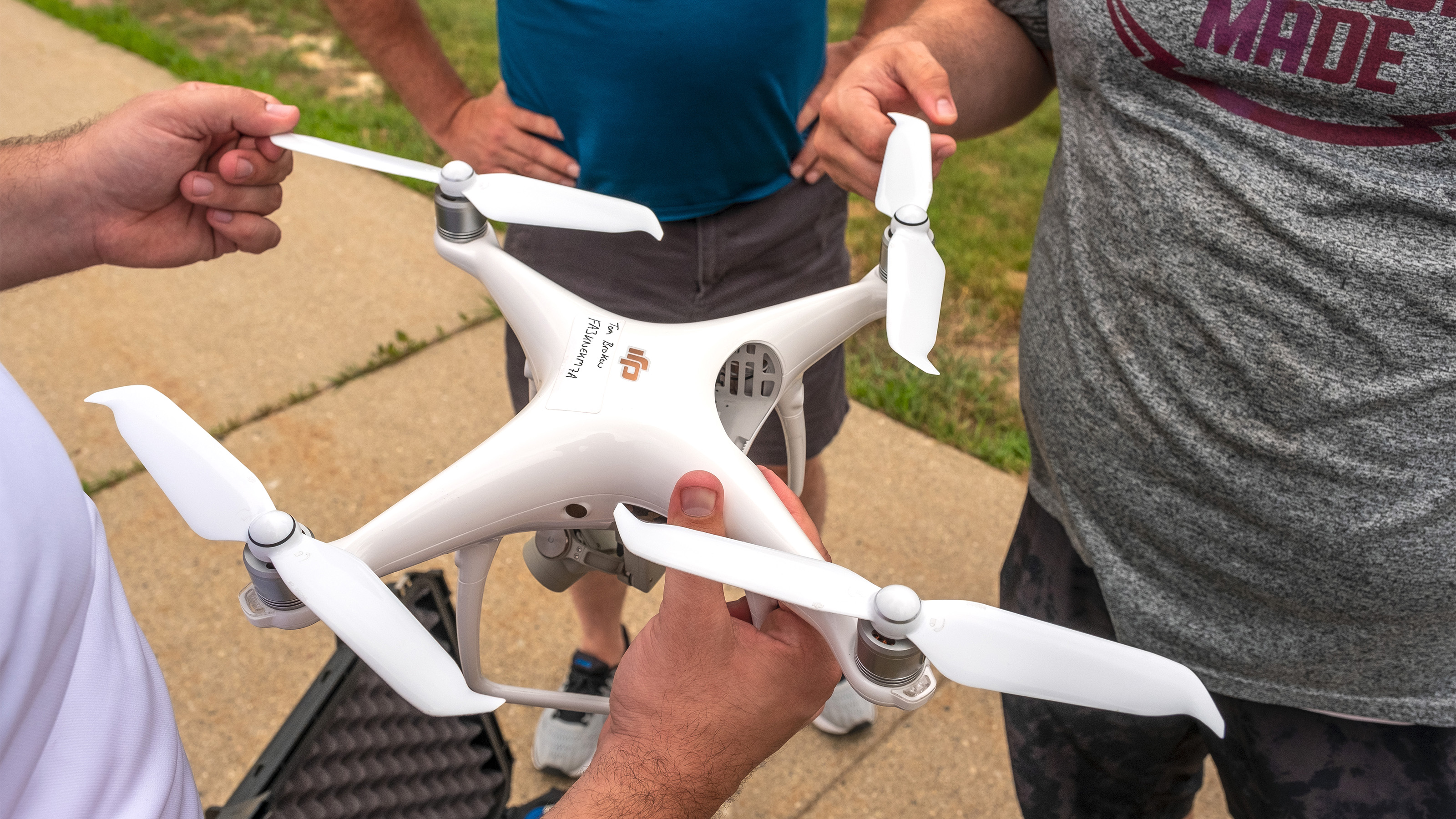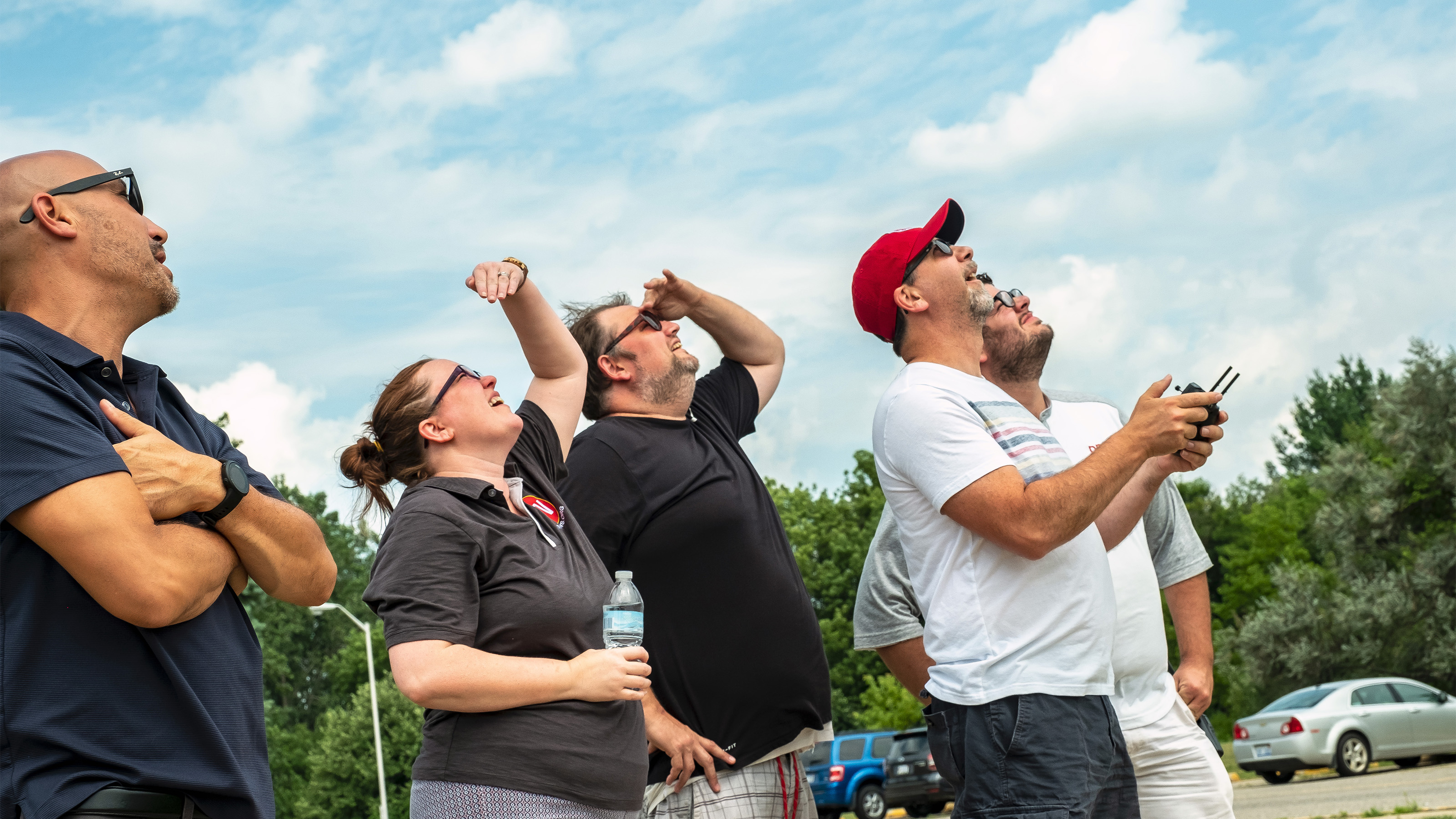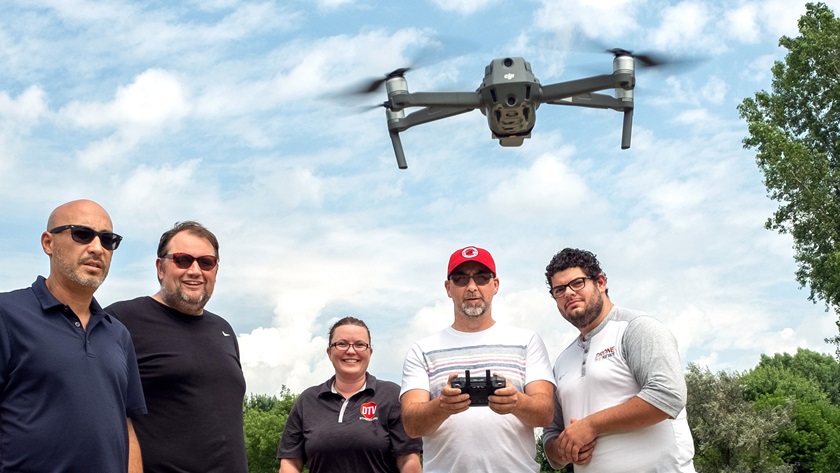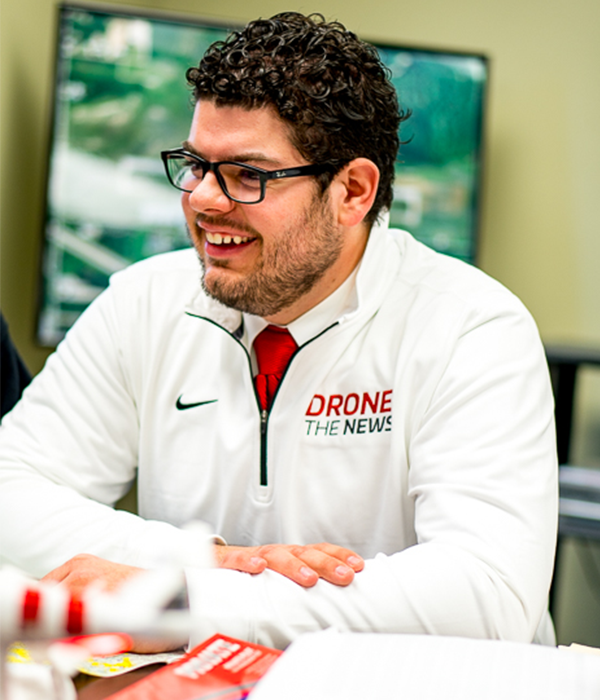Top drone gifts, and how to fly them safely
As the wrapping paper hits the floor this holiday season, don’t be a ham when it comes to following drone regulations. These aerial tools and toys make excellent gifts for the aviator in your family, but require a focus on safety when you unwrap the gift of unmanned flight.
Unboxing a drone for the first time brings excitement and an eagerness to fly. This holiday season the FAA is reminding first-time users of the rules and regulations for taking to the skies. Some of the most important steps to flight begin on the ground, and creating a preflight procedure can set your operations up for success. While staging your drone for its initial takeoff, be sure to create a preflight procedure before taking to the skies. Inspect the drone for any nicks on the propellers, bulges in the battery, or irregularities in the firmware to start. Creating a preflight procedure will get you into a rhythm to ensure that the gear is in proper working condition—and don’t hesitate to cancel the flight if things seem off.
Drone controllers often resemble video game controllers, and if you’ve used dual thumb sticks before you’ll likely feel right at home. A little input goes a long way for most controllers, so be sure to get a feel for how the drone reacts to each bit of input. (Most drones allow you to adjust the stick sensitivity to suit your style.) It’s also important to know that a first-person-view (FPV) drone will fly much differently than a standard quadcopter.
 In 2021, the viral sensation of FPV drone footage took center stage, from bowling alley one-take wonders to collegiate Division I basketball schools like Duke University using aerial FPV shots to recruit student athletes. The FPV gear will widely be gifted this holiday season. If you’re taking your FPV gear out for the first time, find an open field to fly and avoid tricky obstacles during your first flights. Practice will be your best friend as you work up to earning those one-take-wonder visuals.
In 2021, the viral sensation of FPV drone footage took center stage, from bowling alley one-take wonders to collegiate Division I basketball schools like Duke University using aerial FPV shots to recruit student athletes. The FPV gear will widely be gifted this holiday season. If you’re taking your FPV gear out for the first time, find an open field to fly and avoid tricky obstacles during your first flights. Practice will be your best friend as you work up to earning those one-take-wonder visuals.
Similarly, DJI’s gear will likely be a common gift under the tree as the company spent 2021 releasing significant new technology. The DJI mini 2 boasts 4K video and a 31-minute flight time at a more economical price of $449 compared to other products. DJI also entered the world of FPV, releasing a drone that has three modes to accommodate beginner and veteran flyers. The FPV drone features a button that will command the drone to hover in place if you find yourself in an unnerving situation.
Released just in time for the holiday season, the DJI Mavic 3 features a Hasselblad camera, 4K video shooting at 120 frames per second (to enable those extreme slow motion videos), and more. From the flight deck, the drone features enhanced return to home features allowing the device to choose the best flight path home and avoid any obstacles in the area. A (much) more expensive “Cine” version (priced at $4,999, compared to $2,199 for the Mavic 3) bundles in the Apple ProRes 422 video codec, which is useful in professional applications including film and television.
Autel robotics released its Evo Nano and Evo Lite series to provide an economical companion to the company’s Evo II series. The Nano is focused on its lightweight capabilities as the drone's design allows for the gear to be placed in your pocket and weighs less than a smartphone. It features 4K video and a 28-minute flight time.
The Lite series comes with a one-inch image sensor to capture a broader range of color, and the first ever four-axis gimbal enabling the onboard camera to shoot vertical video for smartphones. High dynamic range (HDR) technology captures images at multiple exposures, and on-board software stitches the images together, creating dynamic contrast and range in each photo. The Lite series has vision sensors on the aircraft, features a 40-minute flight time, and is outfitted with Autel’s intelligent moonlight algorithm to enhance low-light imagery.
 FAA rule changes this year enabled Part 107 operators to begin taking to the skies at night without needing a waiver from the FAA. Commercial operators will need to log into their FAA Safety Team account and take the recurrent Part 107 course. Successful completion will not only renew your certificate for an additional two years, but it also allows you to legally fly at night without requiring a waiver once lights are added.
FAA rule changes this year enabled Part 107 operators to begin taking to the skies at night without needing a waiver from the FAA. Commercial operators will need to log into their FAA Safety Team account and take the recurrent Part 107 course. Successful completion will not only renew your certificate for an additional two years, but it also allows you to legally fly at night without requiring a waiver once lights are added.
If you plan to fly any drone during civil twilight or at night, bright strobes are a must. Lume cube offers a series of LED strobes and anticollision lights that meet the FAA’s three-statute-mile visibility requirements. The lights easily Velcro to your drone and turn on with a tap of the LED offering both solid lighting and variable strobe light speed. If you purchase the three-pack, the lights come in a carrying case that holds the charger, lights, as well as green and red directional covers.
Accessories can vary based upon the make and model of the drone that you’re flying, although a great purchase to keep on hand is a landing pad. The pad will limit debris from getting into the camera and moving parts of the drone while also providing a safe place for touchdown. Many companies offer the landing pads, such as Hoodman USA, which offers weighted and lighted landing pads for safety.
An aviation radio can also be a great accessory to add to your drone flight bag. The radio provides the pilot in command an opportunity to listen to traffic in the area, keeping people in the air and on the ground safe. The Icom A16 handheld provides an extra layer of safety to any drone flight and gives you the ability to monitor local frequencies.
Whether flying recreationally or commercially, the FAA has a few key regulations to keep in mind while in the air, such as not flying over people. Be sure to consult AOPA’s drone pilot resources to have the most up-to-date guidance and information before taking that new holiday gift for a flight around the neighborhood.





